フェルメールおすすめ解説本一覧~光の画家フェルメールの素晴らしき絵画世界を堪能するために
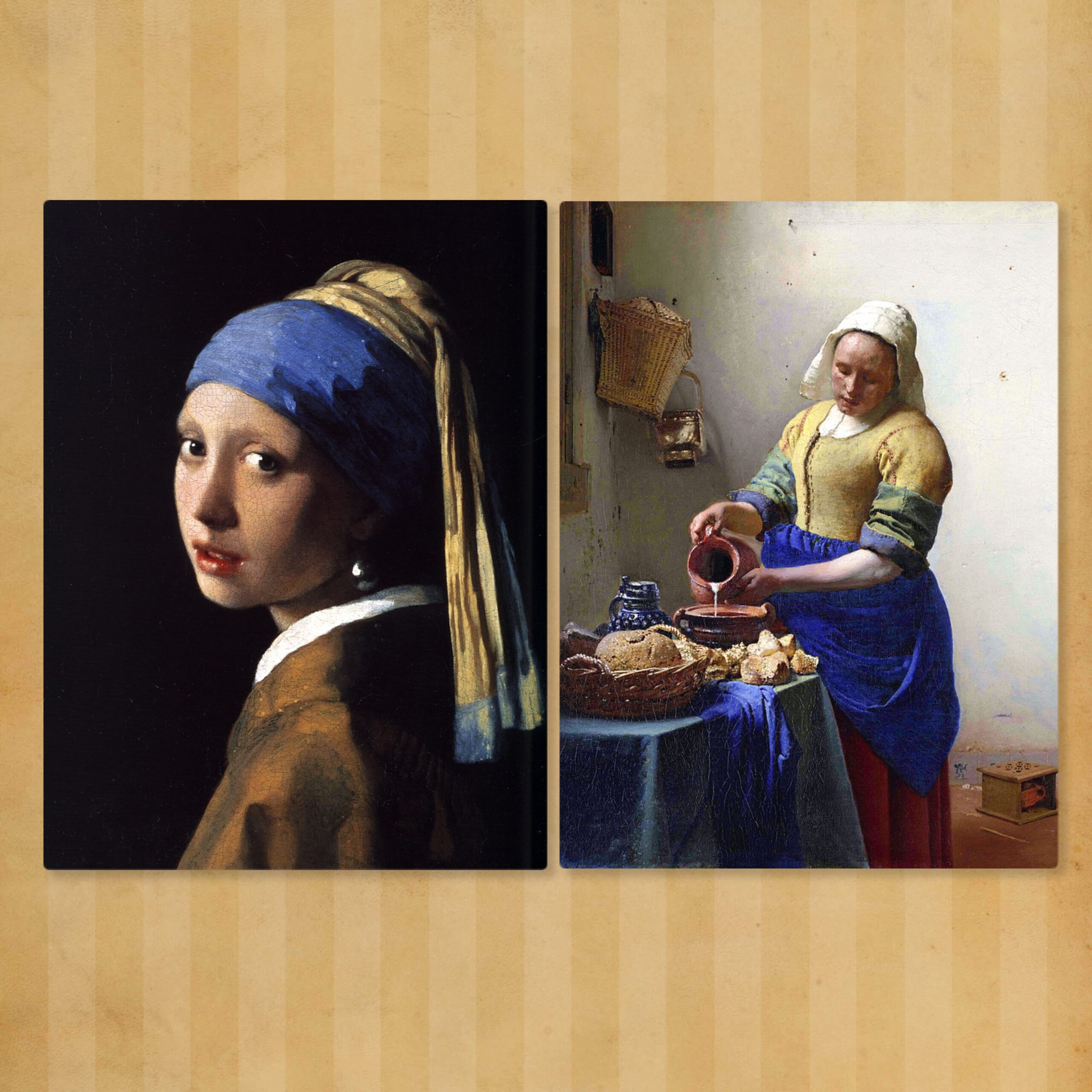
フェルメールおすすめ解説書一覧~光の画家フェルメールの素晴らしき絵画世界を堪能するために
今回の記事ではこれまで当ブログで紹介してきたフェルメールのおすすめ解説書をまとめてご紹介していきます。
フェルメールといえば『真珠の首飾りの少女』や『牛乳を注ぐ女』で有名な17世紀オランダの画家です。
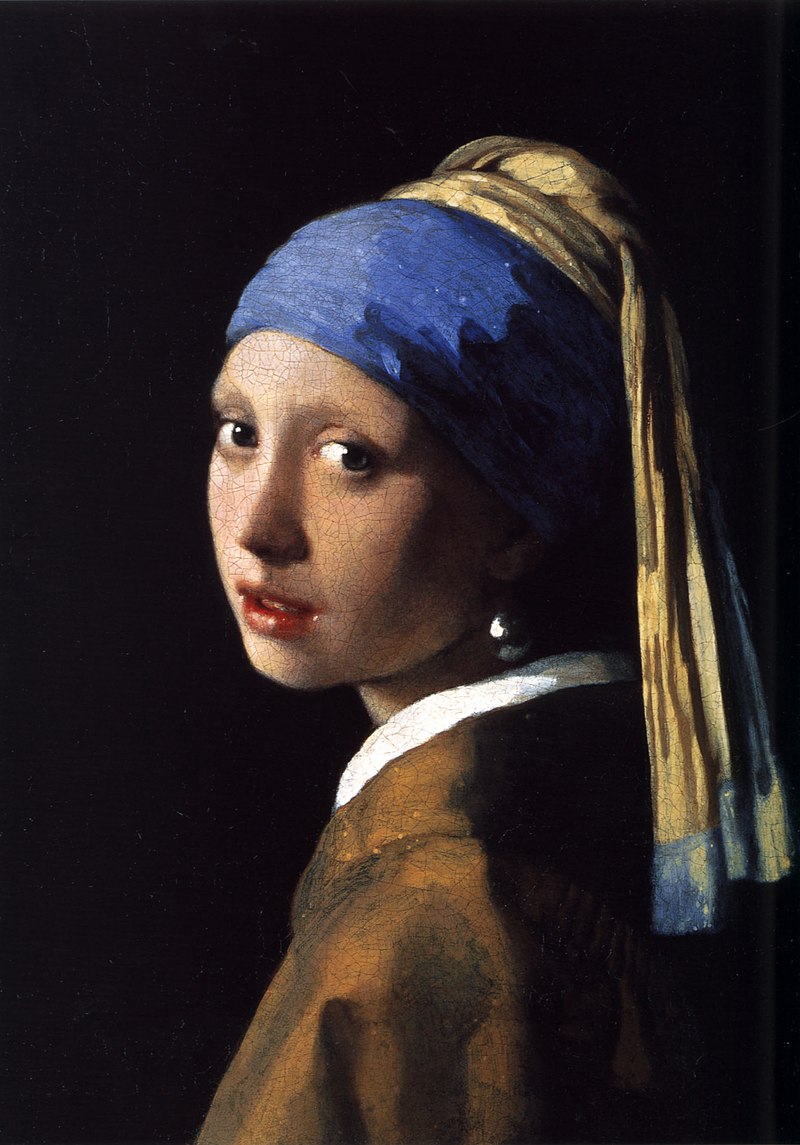
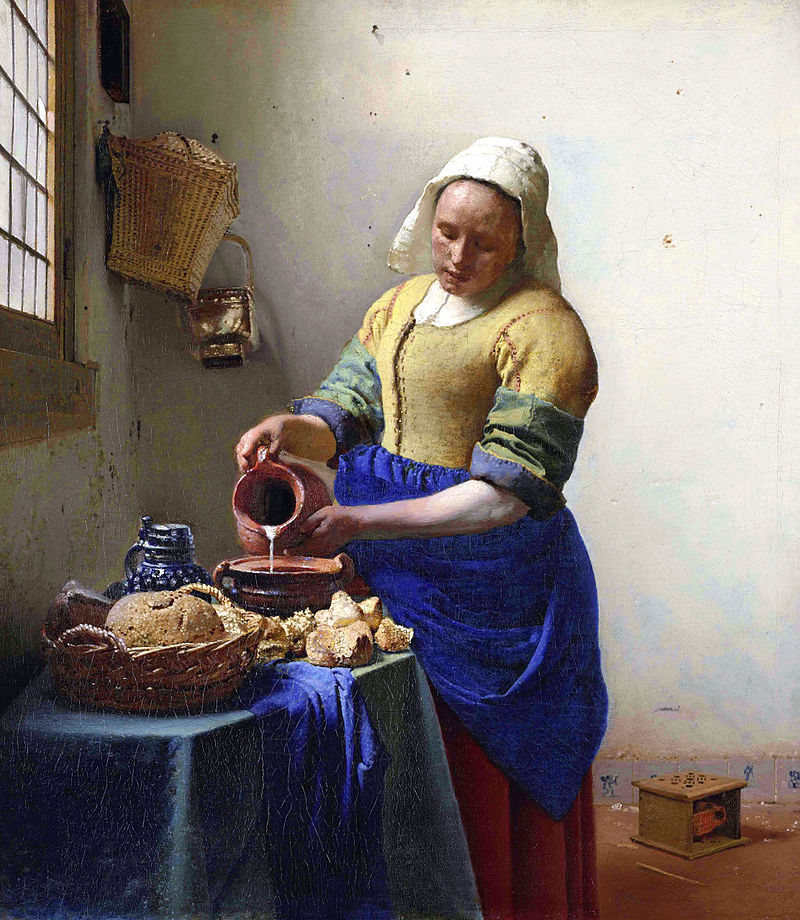
そして2022年6月まで札幌で『ドレスデン国立古典絵画館所蔵 フェルメールと17世紀オランダ絵画展』が開催されていました。7月からは大阪でも展覧会が開催されます。
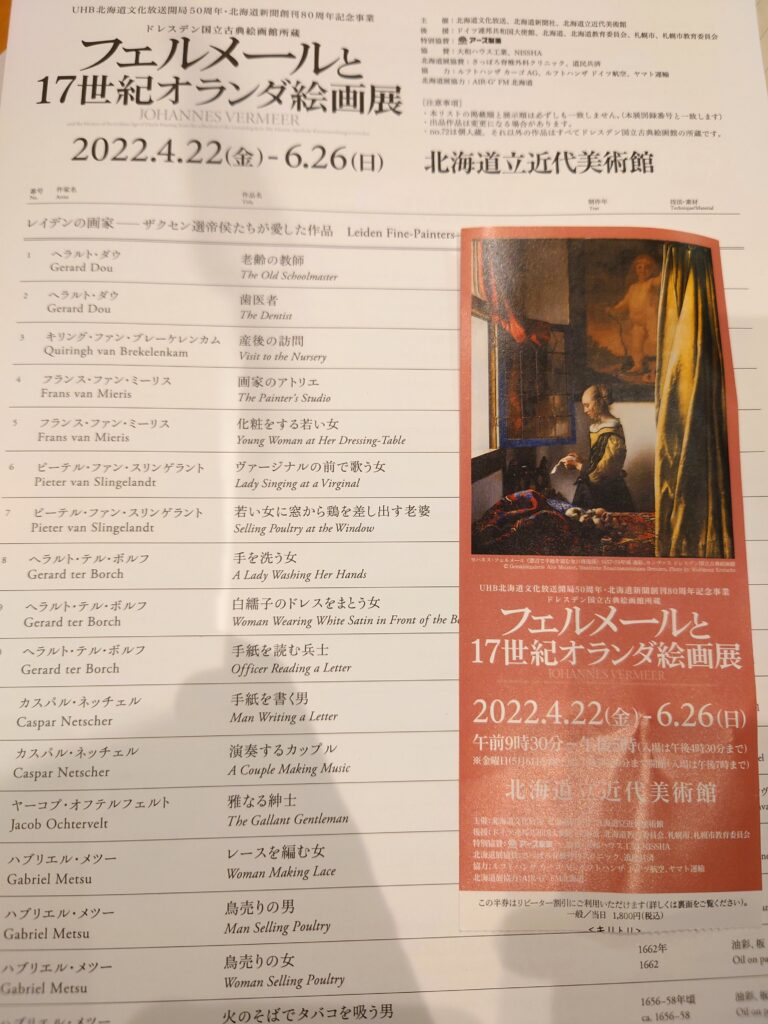
フェルメールの初期の傑作《窓辺で手紙を読む女》。このたび修復によって塗り潰されていた背景のキューピッドが現れ、描かれた当時の姿を取り戻しました。本展では、所蔵館であるドレスデン国立古典絵画館に次いで世界に先駆けて公開。所蔵館以外での公開は世界初で、北海道は東京を経て国内2番目の会場になります。また、あわせて同館が誇る17世紀オランダを代表する名品約70点を展示します。
札幌近代美術館HPより
なんと、所蔵館以外では世界初の公開という貴重な展覧会とのこと!これは行くしかないということで私はこの展覧会を訪れたのでした。
この展覧会をきっかけに私はフェルメールにもっともっと興味を持つことになりました。それで参考にしたのがこれから紹介していく本になります。どれも自信を持っておすすめできる非常に面白い本ばかりです。皆様のフェルメール鑑賞のお役に少しでも立てましたなら何よりでございます。
それぞれのリンク先ではより詳しくそれぞれの本について紹介していますので、気になった本があればぜひそちらを見て頂けたらなと思います。
では早速始めていきましょう。
『もっと知りたいフェルメール 生涯と作品』

この本ではフェルメールの生涯と作品たちのわかりやすい解説を聞くことができます。
この本で特にありがたかったのはフェルメールが活躍した17世紀オランダの時代背景も詳しく知ることができる点でした。
この時代のオランダ社会は、当時芸術界の中心だったローマとはまったく異なる様相を呈していました。
その社会事情の違いがオランダ絵画に独特な発展をもたらすことになります。その流れがとても面白く、一気に読み込んでしまいました。
ひとつひとつの作品解説も詳しくなされますので自分の好きな作品をじっくり見ていけるのもありがたいところです。
この本は入門書として非常におすすめです。なかなか知る機会のないオランダの時代背景も学べてとても刺激的な一冊でした。
Amazon商品ページはこちら↓
もっと知りたいフェルメール 改訂版 生涯と作品 (アート・ビギナーズ・コレクション)
『中野京子と読み解く フェルメールとオランダ黄金時代』

私は一目見て「この本面白そうだなぁ」と興味が湧きました。
というのも、中野京子氏は『怖い絵シリーズ』など多くの人気作を手掛け、当ブログでもメンデルスゾーンを描いた『芸術家たちの秘めた恋―メンデルスゾーン、アンデルセンとその時代』という作品を紹介しています。

中野京子さんの本の面白さはすでに経験済です。この本もきっと面白いに違いない・・・!
そんな思いでこの本を手に取ったのでありました。
そしてこの本の帯もいいですよね。
『絵から「歴史」と「人間」が立ち上がる』
フェルメールの絵を通して当時のオランダの歴史とそこに生きる人々の暮らしを浮かび上がらせようという試み。
それが本書になります。これは興味深い!
この作品はフェルメールの絵だけでなく、ほかの画家による絵も参考にしていくところも特徴的です。
フェルメールだけでは見えてこない世界も知ることができますし、それぞれの画家の特徴を比べてことができるのも嬉しいです。やはり比べるからこそ見えてくるものがあります。
そして何より中野京子さんの語りです。もうさすがの一言!とにかく面白い!絵の解説に加えて時代背景や当時の出来事が語られていくのですが、面白くてあっという間に読み終わってしまいました。これは素晴らしい本です。読みやすさも抜群です。
ぜひぜひおすすめしたい作品です!フェルメール入門にもうってつけな作品となっています。ぜひ手に取ってみてはいかがでしょうか。
Amazon商品ページはこちら↓
『VS.フェルメール 美の対決 フェルメールと西洋美術の巨匠たち』

この作品はタイトル通り、フェルメールと各国の名画を並べて鑑賞し、それぞれの魅力や特徴を見ていこうという作品になります。
雑誌大の大き目なサイズの本で、名画たちがカラーでどかーんと見開きで並べられているのはとてもありがたいです。
フェルメールだけでなく西欧の名画たちも知ることができる盛りだくさんの作品となっています。
ぱらぱらとめくっていくだけでも楽しい作品です。
解説も読みやすく、細かすぎにならない程度の絶妙なレベルで、絵画知識のない方でも楽しめるものとなっています。
ぜひおすすめしたい作品です。
Amazon商品ページはこちら↓
VS.フェルメールー美の対決:フェルメールと西洋美術の巨匠たちー
アンソニー・ベイリー『フェルメール デルフトの眺望』

この作品は本商品にもありますように、フェルメールの生涯を詳しく知るのにとてもおすすめな伝記となっています。
『「キャンヴァスに向かう画家を間近に見る思い」と絶賛された評伝』と絶賛されるように、17世紀オランダの時代背景と共にフェルメール周辺の出来事がかなり詳しく語られていきます。しかもそれが読みやすく面白く書かれていますので、フェルメールをもっと知りたいという方にうってつけの伝記となっています。
画家も時代背景を離れて生きることはできない。そのことをこの本で感じることになりました。
フェルメールの生きた時代をかなり詳しく知れる作品です。ぜひぜひおすすめしたい伝記となっています。
Amazon商品ページはこちら↓
小林賴子『フェルメールとそのライバルたち 絵画市場と画家の戦略』

この作品はフェルメールが活躍した17世紀オランダの美術市場から彼を見ていこうという異色の作品です。
絵画の本と言えばその絵の特徴や魅力を解説していくのが普通ですが、この本では当時のマーケットからフェルメール作品の特徴に迫っていきます。また、彼の同時代のライバルたちとのつながりからもフェルメールを考えていきます。
いつもとは違った視点からフェルメール絵画を考えていけるのでこれは非常に刺激的な1冊でした。
私たちは「芸術品」というと「時と場所を超越した圧倒的なもの」というようなイメージを持ってしまいがちですが、その「芸術品」もある時代の影響の下生まれてきたものになります。その時代背景を離れて生まれることはできなかったのです。そしてこれは逆に言えば、時代背景を知ることでもっとその作品のことを知ることができるということにもなります。
フェルメールの生きた17世紀オランダは特に独特な時代背景がありました。この時代のオランダの興亡史は非常に刺激的で興味深いです。1600年代といえば日本なら江戸幕府が始まった頃です。そんな時代にオランダでは巨大なマーケットが存在し、高度な経済活動を行っていた。これには驚くしかありません。
この本のタイトルにありますように、フェルメールとそのライバルたちとの関係性も非常に興味深いものがありました。絵画そのものを楽しむだけでなく、時代背景や歴史も感じながら読むことができたのでとても楽しい読書になりました。
やはり様々な視点から見ていくのは面白いですね。絵画を市場経済の観点から見ていけるこの作品はとても貴重なものだと思います。ぜひおすすめしたい作品です。
Amazon商品ページはこちら↓
フェルメールとそのライバルたち 絵画市場と画家の戦略 (角川学芸出版単行本)
ローラ・J・スナイダー『フェルメールと天才科学者』

この本は最高です!私の2022年上半期ベスト3に入る作品と言っても過言ではありません。
とにかく面白い!こんなにわくわくさせてくれる本にはなかなかお目にかかれるものではありません。
フェルメールといえば光の粒が感じられるような独特な画風が特徴的です。
この「光」を絶妙に捉えるフェルメールの技術はいかにして習得されたのか、そしてその技術は当時の世界においていかに革命的だったのかということをこの本では見ていくことになります。
後世を生きる私たちは当たり前のようにこの絵を観てしまいますが、フェルメールが見ようとしていた世界がいかに時代の最先端をいくものだったかをこの本で知ることができます。
著者のローラ・J・スナイダーは当時の時代背景や宗教事情と絡めてフェルメールのことを語っていきます。これがすこぶる面白い!「え!?そうなんだ!!」ということがどんどん出てきます。
フェルメールをはじめとしたオランダ絵画がいかに当時の時代背景と結びついていたかがよくわかります。フェルメールがいかに巨大な革命を起こしたかには驚くしかありません。
この本の面白さをぜひ皆さんにも体感して頂きたいです。フェルメールファン必読です。きっともっとフェルメールを好きになります。
またフェルメールにあまり関心がなかった方にもぜひおすすめしたいです。フェルメールってこんなにすごかったのかと驚くと思います。
そしてさらに言えば、宗教や文化に興味のある方。そのような方にもぜひおすすめしたいです!
というのも、この本では従来のキリスト教的世界観と全く異なる世界の見方をしたフェルメールとレーウェンフックが語られます。
世界は絶対神が創造したと考え、目に見えない世界など想像だにもしていなかった社会です。そんな中レーヴェンフックは顕微鏡で微生物を発見し、人間の肉眼では知りえない世界を提示しました。フェルメールも人間の視覚の仕組み、つまり光の原理を探究しました。
これはコペルニクスやガリレオ・ガリレイ、ニュートンなどとも繋がってきます。
世界が中世から近代へと移っていくその過度期の流れを知ることができる驚きの作品です。何度も言いますがこんな刺激的な作品にはなかなかお目にかかれるものではありません。
ぜひぜひおすすめしたい作品です。
Amazon商品ページはこちら↓
フェルメールと天才科学者:17世紀オランダの「光と視覚」の革命
F・ステッドマン『フェルメールのカメラ 光と空間の謎を解く』

この作品はタイトルにもありますように、フェルメールとカメラ・オブスクラという光学機械について書かれた作品です。
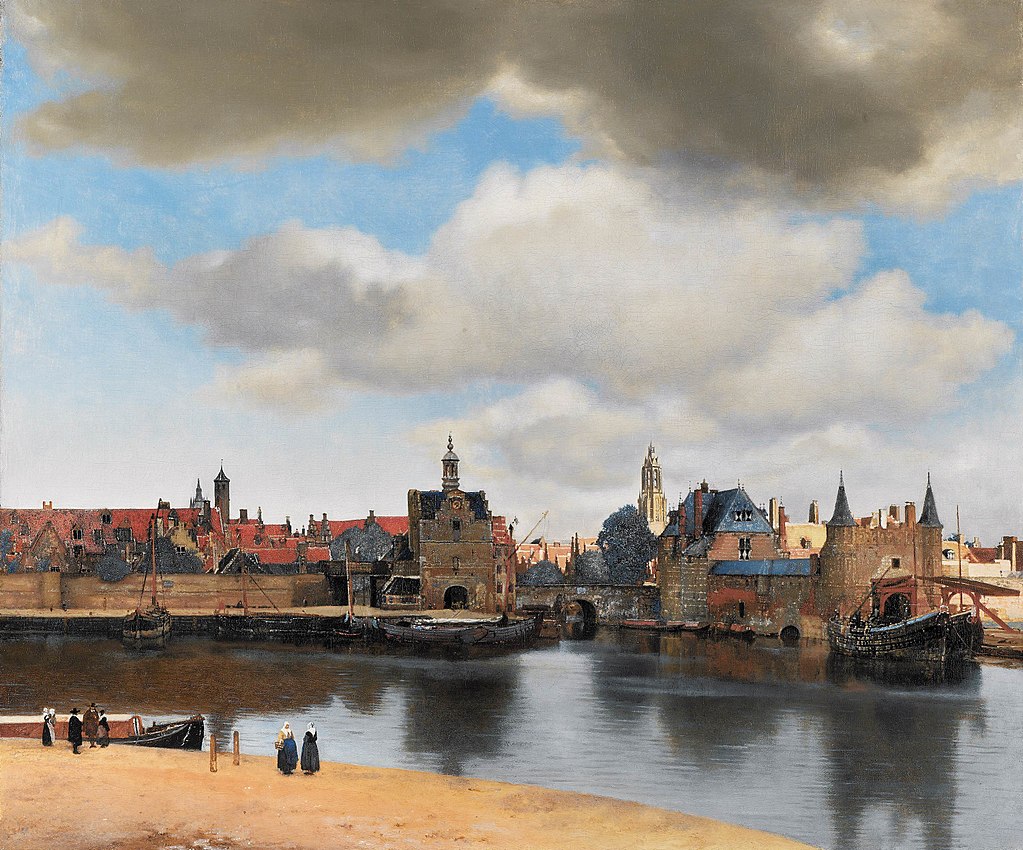
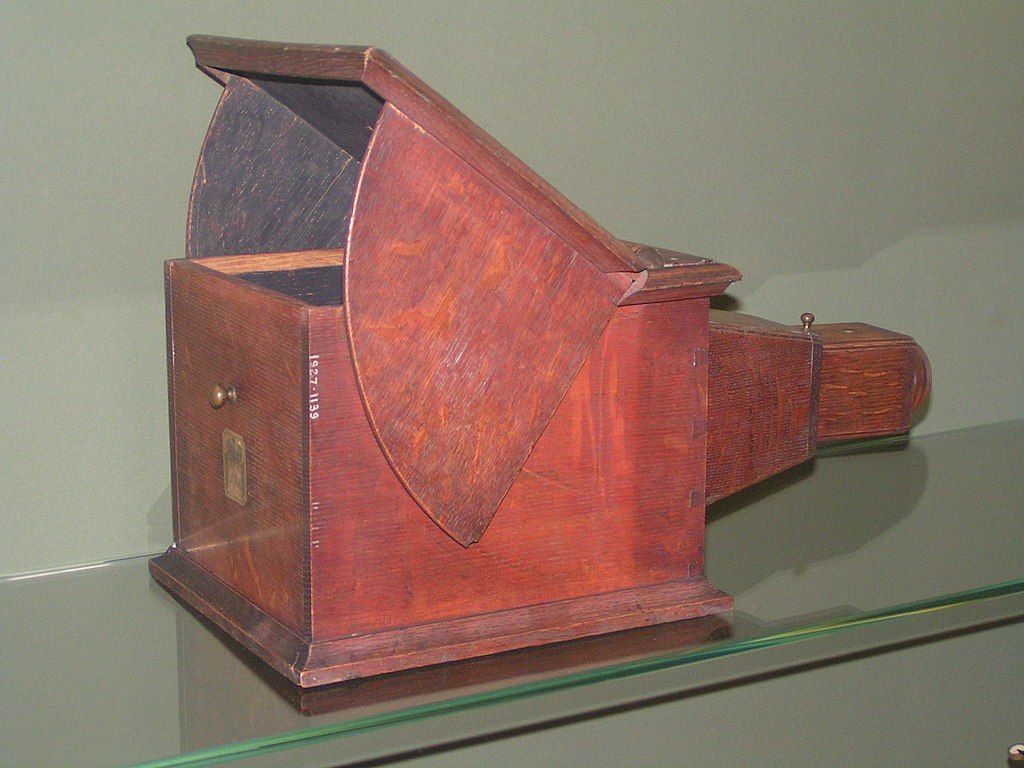
フェルメールとカメラ・オブスクラの関係についてはどの本でも書かれてはいたのですが、実際にそのカメラ・オブスクラがどういうものなのか、どのように使われていたのかというのはイマイチわかりにくいというのが正直なところでした。
そんな中この『フェルメールのカメラ 光と空間の謎を解く』はかなり詳しくカメラ・オブスクラについて知ることができます。図や写真も多数掲載されていますし、画家がこの機械をどのように使っていたかというのもわかりやすく説かれます。これはありがたいことでした。
フェルメールが用いたこの光学機器についてより知りたい方にはぜひおすすめしたい作品となっています。
Amazon商品ページはこちら↓
ジャン=クレ・マルタン『フェルメールとスピノザ〈永遠〉の公式』

この本はオランダの画家フェルメールと哲学者スピノザの驚くべき関係に迫った作品です。
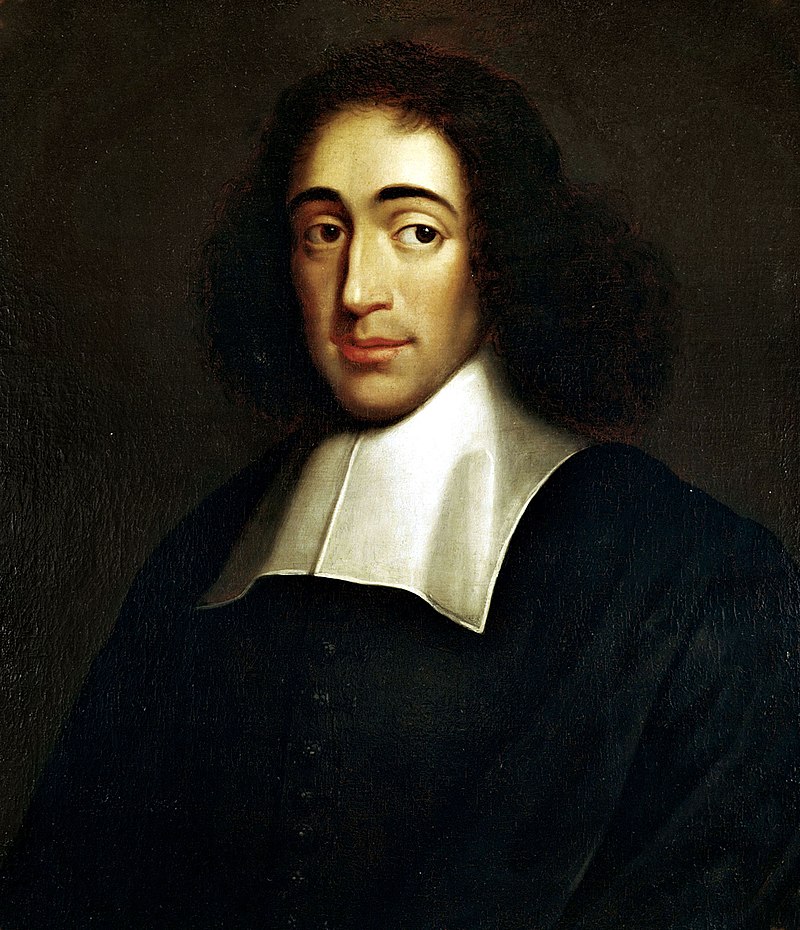
スピノザといえば、名前は聞いたことがあってもいざこの人物が何を述べた人物であるかはなかなかわかりませんよね。私もその一人でした。そもそも彼がどこの国の出身なのかすら知りませんでした。
私がこの本を手に取ったのはフェルメールについて何か面白そうな本はないかなと探していた時にこの本が目に留まったからでした。
フェルメールと哲学者のスピノザという謎の組み合わせ。これはどういうことなのだろう。
そんな疑問が私の中に生まれ、興味が湧いてきたのでした。
そしてこの本を読んでみて驚いたことに、なんとフェルメールとスピノザは1632年という同じ年にオランダに生まれていたのでした。
しかもスピノザは哲学者でありながらレンズ磨きで収入を得ていたと事実も語られていました。レンズ磨きといえば顕微鏡で有名なオランダのレーウェンフックが有名です。
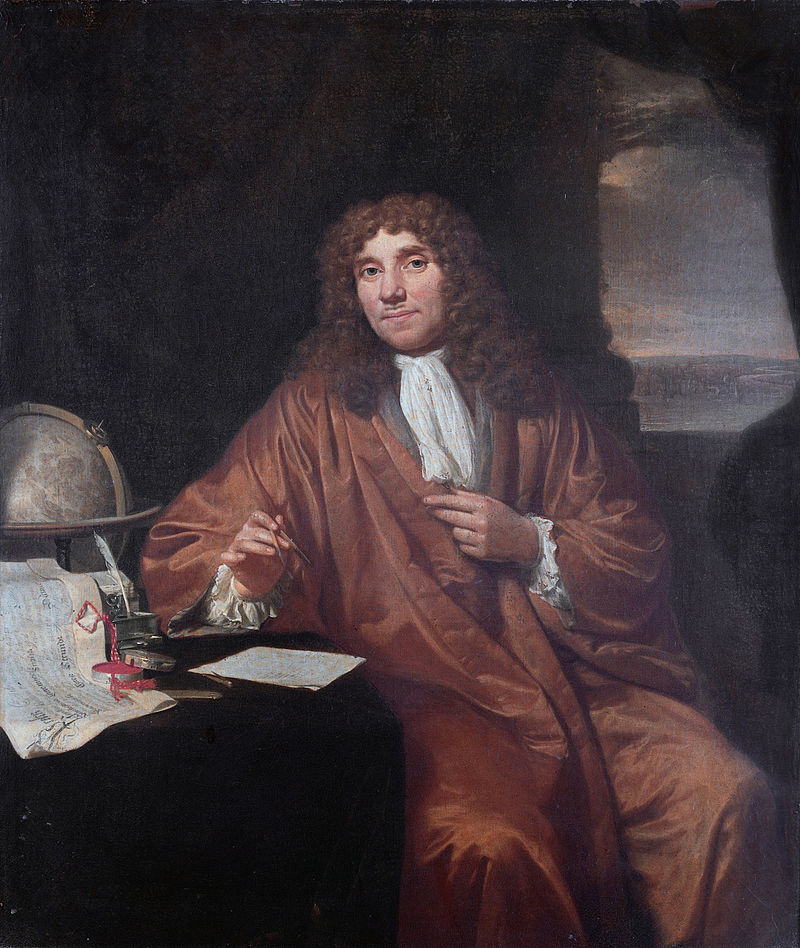
フェルメールとレーウェンフックのつながりは上の記事「ローラ・J・スナイダー『フェルメールと天才科学者』おすすめ名著!顕微鏡で有名なレーウェンフックとの驚きの関係とは」でも紹介しました。
フェルメールはカメラ・オブスキュラという光学機械を用いて光を、レーウェンフックは自作の顕微鏡で肉眼では見えない世界を探究していました。
二人に共通するのは当時最先端の技術である高性能レンズを用いて研究をしていたということです。しかもこの2人も1632年生まれで、さらにはデルフトという同じ街で住んでいたという接近ぶり。
つまり、フェルメール、レーウェンフック、スピノザという同い年トリオは「レンズ」という同じ道具を通して繋がっているのです。
さらにスピノザが磨いたレンズをレーウェンフックが使用していたという説や、スピノザがフェルメールに手紙を書いていたという説もあります。
名前しか聞いたことがなかったような哲学者がまさかここでフェルメールやレーウェンフックと繋がってくるとは!これには私も驚きました。
17世紀のオランダの歴史の面白さに私はのめり込んでしまいました。この時代のオランダは世界の歴史や宗教を考える上で非常に重要なことを確信しました。これは刺激的な一冊です。
Amazon商品ページはこちら↓
『[新装版]赤瀬川原平が読み解く全作品 フェルメールの眼』

著者の赤瀬川原平さんは画家でありながら芥川賞受賞作家という異色の経歴の持ち主です。
そんな著者が語るフェルメール評が今作『[新装版]赤瀬川原平が読み解く全作品 フェルメールの眼』となります。
この本ではものすごく格好いい言葉と出会うことになります。しかもフェルメールの魅力がこんなにも劇的に語られていることに私は衝撃を受けました。画家の視点と、芥川賞を受賞した言葉の力・・・!いやぁすごい!憧れてしまいます。
そしてこの本の中で一番印象に残った絵画紹介は何と言っても『デルフトの眺望』です。私がフェルメールにはまるきっかけとなったのがこの絵なのですが、なんと、赤瀬川さんもこの絵がフェルメールとの最初の出会いだったそうです。その作品についての語りが本当に素晴らしく、この記事で紹介させて頂いております。ぜひこの記事を読んで頂けたらなと思います。
Amazon商品ページはこちら↓
朽木ゆり子『フェルメール全点踏破の旅』

この作品はジャーナリスト朽木ゆり子さんが世界中に散らばるフェルメール作品を訪ねた旅行記です。
朽木ゆり子さんはフェルメールの専門家ではなく、ジャーナリストです。ですがジャーナリストだからこその視点でフェルメールを見ていくという点にこの本の面白さがあります。
「美術史家による精緻な研究は確かに刺激的だが、ジャーナリストとしての私はそれとは少し別の視点を持っていることをつけ加えておきたい」
著者がこう述べるようにまさにこの本では「ジャーナリスト朽木ゆり子」としての視点からフェルメールを見、旅を続けていきます。
『自分はどういう視点から「それ」を見ていくのか』
これはあらゆることにおいて非常に重要な問題だと思います。
私もフェルメールを見るときは「僧侶、宗教者として」彼の作品やその歴史を学んでいます。
私がフェルメールに関心があるのは絵そのものの美しさはもちろんなのですが、やはりその背後にある歴史、思想、時代背景、特にキリスト教的文脈がどうしても大きな眼目になっていきます。
フェルメールを学んでいると従来のキリスト教世界から近代的な世界へのちょうど過度期の雰囲気を感じることができます。私にとってはそれが何よりも興味深いのです。
宗教的な世界観から科学的な世界観へ。
こうした宗教の興亡の問題が私にとってフェルメールを見る視点となっています。
この本はジャーナリストによる旅行記ということで、現地の様子やフェルメール絵画のポイントが非常に読みやすくまとめられています。フェルメールの専門家ではないからこその率直な見解を聞くことができるのもありがたい点です。
旅行記としても素晴らしい作品ですし、フェルメール入門書としてもおすすめしたい作品です。とても面白い1冊でした!
Amazon商品ページはこちら↓
朽木ゆり子、前橋重二『フェルメール巡礼』

ひとつ上で紹介した『フェルメール全点踏破の旅』はジャーナリストである著者が、独自の視点でフェルメール作品を巡っていくという旅行記的な作品でしたが、この本では旅行に行く際に便利なガイドブックのような形でまとめられています。
この本で最もありがたいのはそれぞれのフェルメール作品が所蔵されている美術館の地図や外観、そして館内の雰囲気まで知れるところにあります。
そして一枚一枚の絵に対しても、わかりやすい解説があるので、この本一冊があれば旅行の際に非常に重宝すると思います。
オールカラーで写真もたくさん掲載されているのでこの本を読んでいるだけでフェルメールの世界に浸ることができます。
これを読んでいると実際に現地でオリジナルの絵画を観たくなってきます。
実は私もすでに観に行く気満々になっています。
実際に現地に行こうと考えると「どうやって行けばいいだろうか」などなど、色々迷ってしまいますが、現地の地図であったりその雰囲気もこの本では知れるので非常に助かりました。
Amazon商品ページはこちら↓
岡部昌幸『レンブラントとフェルメール』

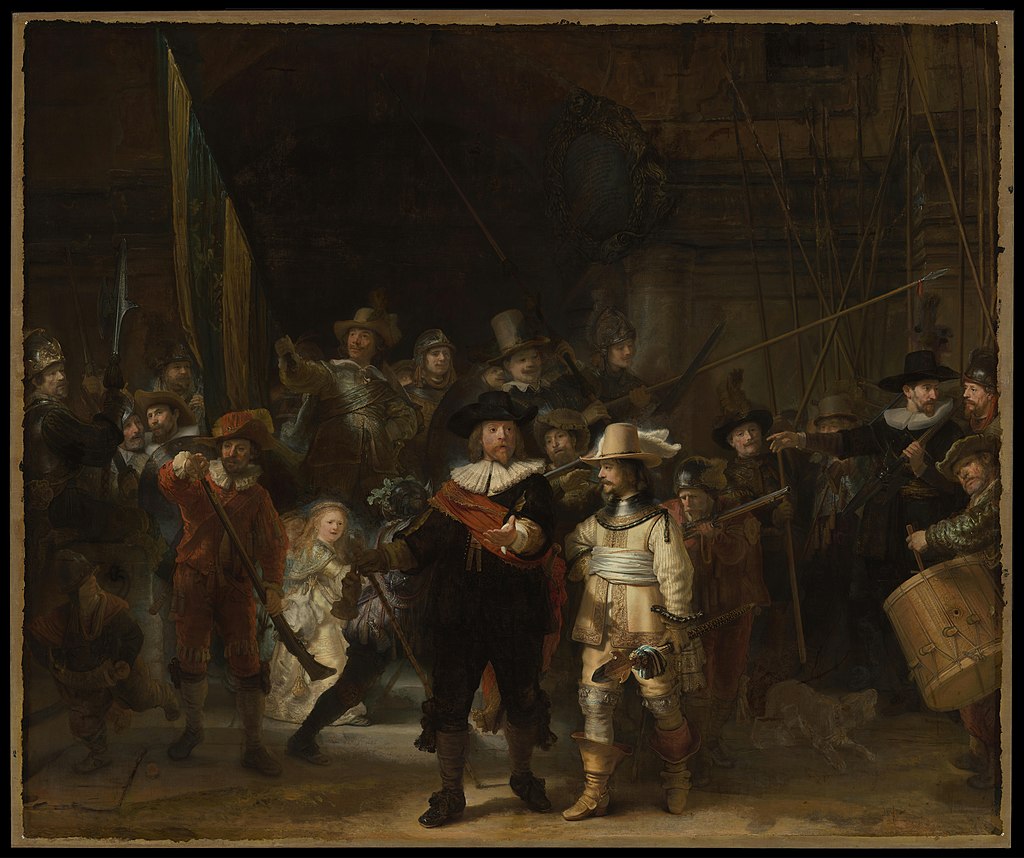
レンブラントといえば上の『夜警』で有名な17世紀オランダの大家です。
この本はそんなレンブラントとフェルメールというオランダ二大巨匠を比べながらその生涯と作品を追っていく作品になります。
この本で著者が語りますように、たしかにレンブラントとフェルメール2人が並べて説かれるものというのは意外と少ないです。そういう意味でもこの本はとても貴重な作品となっています。
また、写真や絵画もカラーでばっちり掲載されているので視覚的にも楽しめる作品です。
フェルメールに関してはこれまで様々な作品を読んできたのでその生涯や特徴については知ってはいましたが、意外とレンブラントに関してはあまり手が伸びなかったというのが正直なところです。
そんな中でフェルメールと比べながらレンブラントの生涯や作品をわかりやすく語ってくれるこの本はとてもありがたいものとなりました。
レンブラントってこういう人だったのかというのがすっと入ってきました。
オランダ絵画を代表する2人についておおまかな概要を知れるこの作品は多くの方にとってもかなり参考になると思います。オランダ絵画入門としても格好の作品かもしれません。
分量的にも150ページ弱と、気軽に読める作品となっています。ぜひ手に取ってみてはいかがでしょうか。
Amazon商品ページはこちら↓
宮下規久朗『フェルメールの光とラ・トゥールの炎―「闇」の西洋絵画史』

この作品は書名にありますように、光の画家フェルメールの美しい絵画がいかにして生まれてきたのかということを「闇」を切り口に考えていく作品になります。
この本のもう一人の主要人物ラ・トゥール(1593-1652)はフランスの画家で、「夜の画家」と呼ばれる巨匠です。
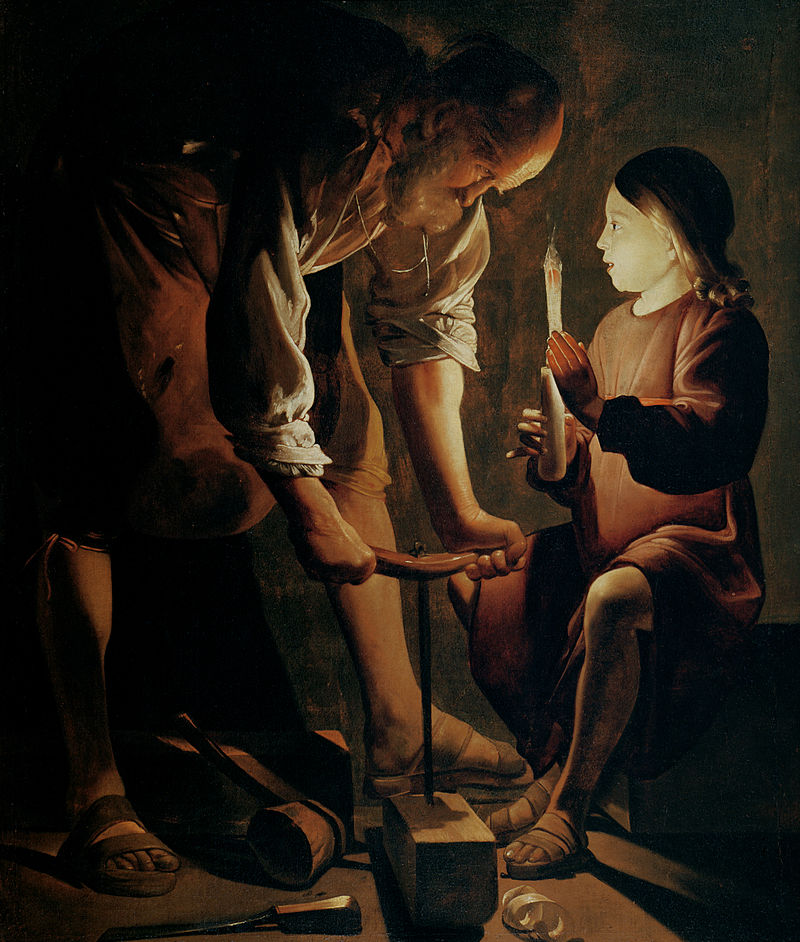
『聖ヨセフ』(1642年または1645年)Wikipediaより
窓から差し込む美しい光を描いたフェルメール。それに対し闇を照らすろうそくの火を描いたラ・トゥール。
この2人の対比はそれだけでも興味深いですよね。
そしてさらに興味深いのはこうした「光と闇」の探究はあのレオナルド・ダ・ヴィンチにも繋がっていくという点でした。
ダ・ヴィンチが確立した「闇と光」の描写技法。
そしてそこからさらに時代を経て登場してきたのがイタリアの画家カラヴァッジョ(1571-1610)になります。
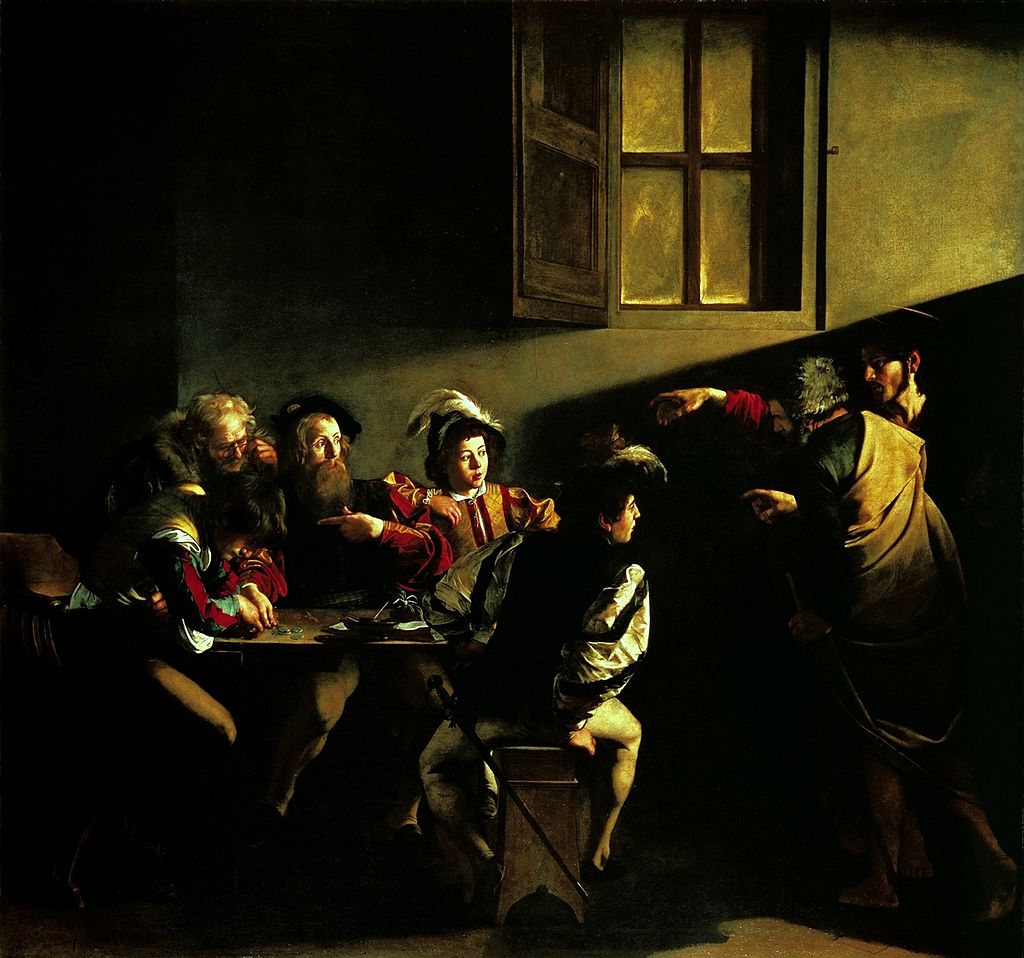
暗闇の中へ強烈な光線を差し込ませることでドラマチックな構図を完成させたカラヴァッジョ。
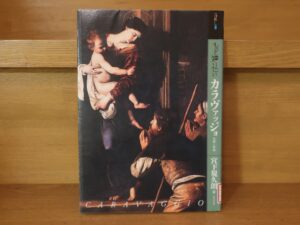
カラヴァッジョについては以前紹介したこの記事でもお話ししましたが、西洋絵画の歴史において決定的な働きをした人物であります。
そしてそれが巡り巡ってフェルメールの光の描写に繋がっていきます。絵画の歴史も繋がっているのだなということを感じられるのがこの『フェルメールの光とラ・トゥールの炎―「闇」の西洋絵画史』という一冊です。これは面白い本でした。
ぜひぜひおすすめしたい作品です。
Amazon商品ページはこちら↓
フェルメールの光とラ・トゥールの焔: 「闇」の西洋絵画史 (小学館101ビジュアル新書 14 Art 2)
元木幸一『笑うフェルメールと微笑むモナ・リザー名画に潜む笑いの謎』

この本はタイトルにありますように、フェルメールとモナ・リザの笑顔を主題に、絵画史における知られざる笑顔の意味を探究していく作品です。
キリスト教の絵画における笑顔の両面の意味。これは絵を観ただけではなかなか気づけないものではありますが、一度知ってしまったらその見方は一変してしまいます。
ではこの本のメインテーマであるフェルメールとモナ・リザの笑顔にはどんな意味があるのか。
ぜひこの本を読んで頂けたらと思います。非常に面白い本でしたぜひぜひおすすめしたい作品です。
Amazon商品ページはこちら↓
笑うフェルメールと微笑むモナ・リザ: 名画に潜む「笑い」の謎 (小学館101ビジュアル新書 22 Art 7)
藤田一郎『脳がつくる3D世界 立体視のなぞとしくみ』

この本は認知脳科学者藤田一郎さんによる作品です。
私がこの本を手に取ったのはフェルメールがきっかけでした。
フェルメールはカメラの先祖とも言うべきこのカメラ・オブスクラを用いて人間の目の見え方を探究し、それを絵画に反映させていました。
フェルメールの絵の不思議なリアル感、光の美しさはこうした「人間のものの見え方」の探究の賜物だったのです。
そしてこの『脳がつくる3D世界 立体視のなぞとしくみ』という本を読んでそうした「人間のものの見え方」ということについて改めて考えさせられることになりました。
この本では直接的にフェルメールの絵画のことが語られることはありませんが、これまで読んできたフェルメールの本と合わせて考えてみると非常に興味深い発見がある作品でした。
私たちは世界をどのように見ているのか。当たり前だと思っている世界が全く当たり前ではないことをこの本では知ることができます。これは刺激的な本です。ぜひおすすめしたい作品です。
Amazon商品ページはこちら↓
脳がつくる3D世界:立体視のなぞとしくみ (DOJIN選書)
G・シュヴァルツ『フェルメールの世界 拡大図でたどる静謐の物語』

この作品は書名にもありますようにフェルメール作品を拡大して細部の細部まで堪能しようという作品になります。
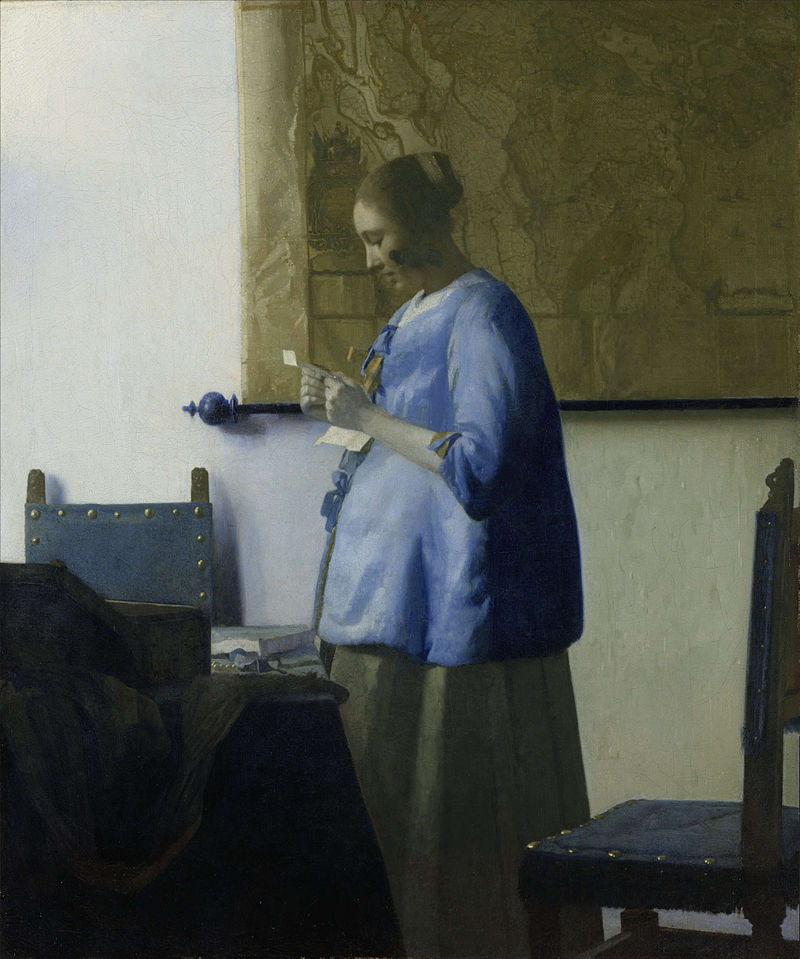

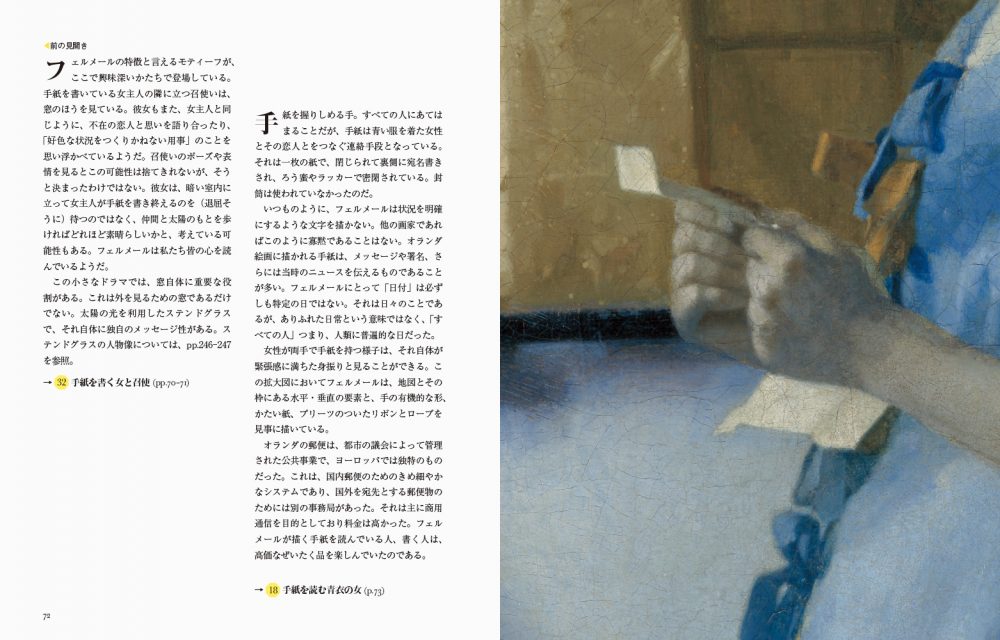

上の引用画像を見て頂ければわかりますように、絵の全体像を見るのと、一部を拡大してみるのとではまた違った見え方がしてきますよね。
フェルメールの絵は全体の構成や美しさが見事すぎて、逆に細部にまで目がいかないということが出てきます。
私もこれまで様々な本でフェルメールの絵を観てきましたが、この本では意外な発見がどんどん出てきました。
「え?ここはこんな風に書かれてたの!?」「こんなのあったっけ!?」と何度も驚くことになりました。
フェルメール得意の光の粒がどこにどのように使用されているのか、そして服の質感はどのような筆運びで表現しているのかというのもこの拡大図では感じることができます。
これはぎりぎりまで拡大して見ないとなかなかわからないと思います。肉眼で作品を見るだけではかなり厳しいです。
漠然とフェルメール作品を見るだけではまず気付くことのできない達人の技をこの本では観ることができます。
しかもオールカラーでページいっぱいに掲載されていますので非常に見やすいです。
美術館に行ってもここまで顔を近づけて絵を観ることはできません。まして虫眼鏡で観ていくように現地でじっくり観察するのはさらに不可能です。この本はそんな不可能を可能にしてくれる1冊です。
読めばきっと驚くと思います。「フェルメールはこんな風に描いていたのか」と度肝を抜かれること間違いなしです。改めてフェルメールの化け物ぶりが感じられます。すごすぎます。この本を読んでからフェルメールのオリジナルに会った時はどんな風に見えてくるのだろうとわくわくしてしまいます。それくらい見え方が変わって来るのではないでしょうか。
これは非常におすすめな作品です。ぜひぜひ手に取ってみてはいかがでしょうか。
Amazon商品ページはこちら↓
ティモシー・ブルック『フェルメールの帽子』
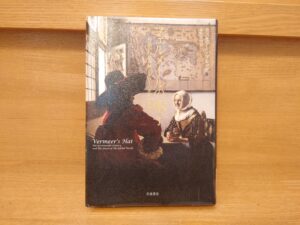
この作品は『フェルメールの帽子』というタイトルではありますが、実はほとんどフェルメールのことは語られません。フェルメールの生涯や絵について知りたい方が読むときっとびっくりすると思います。
というのも、この作品はフェルメールの絵に出てくる「もの」にスポットを当て、それがどのような経路でオランダに渡って来たのか、そしてその時代背景はどのようなものだったのかということを探っていくものだからです。
著者のティモシー・ブルックはカナダ・ブリティッシュ・コロンビア大学の教授で中国史の専門家です。
ですのでこの本のメインテーマはオランダ東インド会社とアジア貿易、特に中国との関係になります。
フェルメールが生きた17世紀オランダは1602年に設立された東インド会社の繁栄によって黄金時代を謳歌していました。
その莫大な財とグローバルな市場があったからこそフェルメールの絵はフェルメールの絵たりえたのです。
そしてフェルメールの絵に出てくる数々の「もの」はまさしく中国やアジアからやって来たものです。これらの「もの」に注目することで17世紀のグローバルな世界を概観することができる。
それがこの本の大まかな流れになります。
中国史の専門家ならではの語りは普通のフェルメール本とはかなり違った趣があり、非常に刺激的です。
また、この本では日本のことも出てきます。ヨーロッパとアジアの貿易において日本がどのような位置づけだったのかということも語られます。そして日本の銀の採掘量が世界トップクラスでその銀がアジアの貿易において巨大な影響を与えていたというのには驚きでした。
フェルメールの絵そのものを知りたいという方にはこの本はあまりおすすめできませんが、その時代背景をグローバルな視点から見ていこうという本書はとても興味深いものがあると思います。
Amazon商品ページはこちら↓
羽田正『興亡の世界史第15巻 東インド会社とアジアの海』

この本は17世紀初頭に相次いで生まれた東インド会社とアジアの関係性をベースにアジア・ヨーロッパのグローバルな貿易を見ていこうとする作品になります。
私がこの本を手に取ったのは上で紹介したティモシー・ブルック著『フェルメールの帽子』がきっかけでした。
フェルメールの絵画がオランダの東インド会社の繁栄と強いつながりがあったことをこの本で知ることになりました。
であるならば東インド会社をさらに学ぶことでフェルメール絵画の背景をさらに知ることができるのではないか。さらには東インド会社を知ることでフェルメールだけでなく当時の世界情勢や日本についても知れるのではないか。そんな思いを抱くようになったのでした。
そして読み始めた『興亡の世界史第15巻 東インド会社とアジアの海』。これがまたいい本でした!面白い!
日本とオランダの貿易に関してもじっくり解説されますのでこれも必見です。なぜ日本は他のアジア諸国と違って武力侵攻されることがなかったのか。ペリーの時はあんなに露骨に威嚇したにも関わらずポルトガルやオランダはそのような方法を取っていません。よくよく考えれば不思議ですよね。そうしたこともこの本では知ることができます。
世界を変えることになったグローバルな貿易システムの始まりを学べるこの本はとてもおすすめです。文章も読みやすくすらすら読んでいくことができます。知的興奮を味わえる名著です。ぜひぜひおすすめしたい作品です。
Amazon商品ページはこちら↓
おわりに
私がそもそもフェルメールを初めて好きになったのは『デルフトの眺望』がきっかけでした。

その時はシンプルにこの絵の美しさに魅了されてしまったのでありますが、こうして改めてフェルメールの解説書を読んでいくにつれてもっともっとフェルメールのことが好きになりました。
フェルメールは知れば知るほど面白い!そのことを強く感じた最近の読書でした。
特にローラ・J・スナイダーの『フェルメールと天才科学者』には本当に驚かされました。間違いなく私の2022年上半期ベストの名著です。

フェルメールをはじめとしたオランダ絵画がいかに当時の時代背景と結びついていたかがよくわかります。フェルメールがいかに巨大な革命を起こしたかには驚くしかありません。
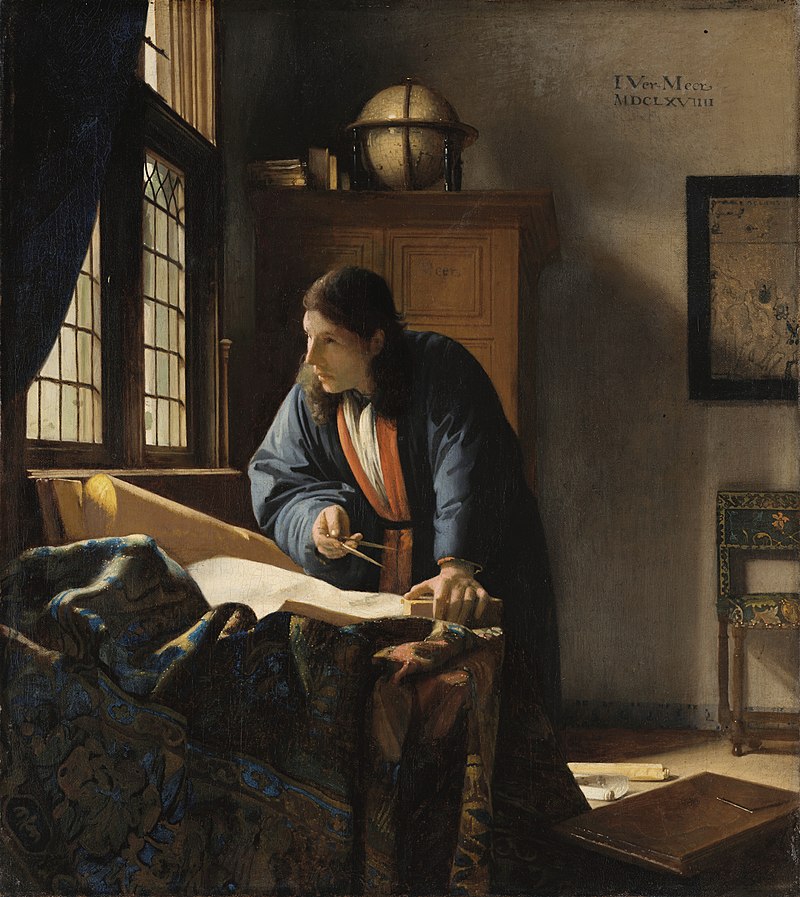

そしてフェルメールといえばこの2作品も有名ですよね。
この学者のモデルとなったと言われているのが世界で初めて顕微鏡で微生物を発見したレーウェンフックという人物です。

なんと、驚くべきことにフェルメールとこのレーウェンフックは同じ年に同じ街で生まれているのです!

1632年にデルフトで生まれた2人。
そして2人は生涯のほとんどをこの街で暮らし、それぞれ偉業を成し遂げています。
レーウェンフックは顕微鏡、フェルメールはカメラ・オブスクラで、この2人は「レンズ」を通して肉眼では見えぬ世界を探究しました。

カメラ・オブスクラについては長くなってしまうのでお話はできませんが、当時としては最先端のテクノロジーを用いてフェルメールは目に見えない光の世界を探究していたのでした。それが彼の絵画に反映されているのです。
フェルメールとレーウェンフックが直接交流したという証拠は残されていませんが、デルフトという小さな街でそれぞれが街の役職に就き、さらにはかなりご近所さんだったということから、この2人は生前つながりがあっただろうと著者は述べています。
この2人の関係性もこの本ではじっくり見ています。
2人の成し遂げた偉業とはどのようなものだったのか、そしてそれはこの世界にとってどんな意味を持っていたのかということをこの本では知ることになります。これは衝撃でした。まさに「ものの見方」の革命です。科学の進歩が急速に進んでいく時代をまさに彼らが映し出していることを感じることになります。フェルメールは単に美しい絵を描いたというレベルをはるかに超えています!
あまりに面白過ぎる・・・!この本には圧倒されっぱなしでした。
正直、『フェルメールと天才科学者を読む』という題で連続記事を書いていきたいくらい紹介したい箇所があります。ですが時間の制限上それも叶いません。それくらい面白い本です。
ぜひぜひこの作品はおすすめしたいです。
今回の記事で紹介した本はどれも面白いです。自身を持っておすすめしたい作品ですのでぜひ気になった本を手に取って頂けたらなと思います。以上、「フェルメールおすすめ解説書一覧~光の画家フェルメールの素晴らしき絵画世界を堪能するために」でした。
関連記事
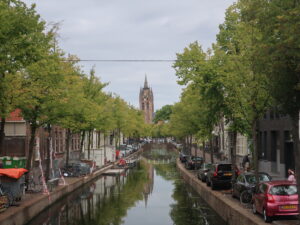
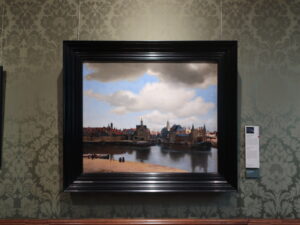
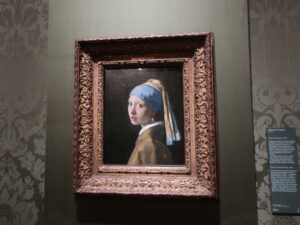




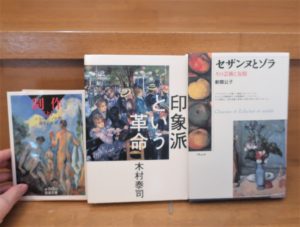
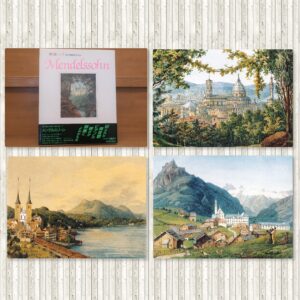








![[新装版] 赤瀬川原平が読み解く全作品 フェルメールの眼](https://m.media-amazon.com/images/I/51is1ZwE0oL._SL160_.jpg)









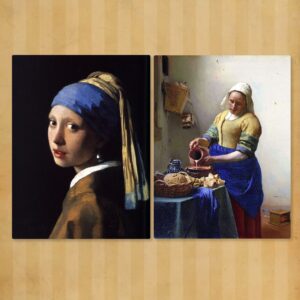





コメント